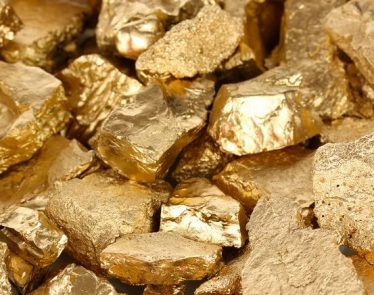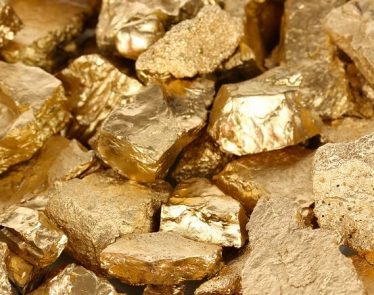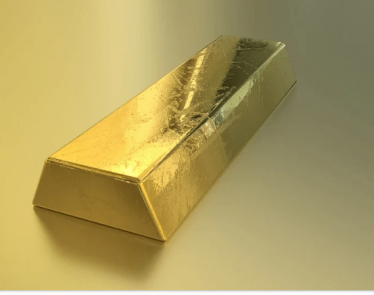
After years of being the world’s top silver producer and the second-largest gold producer in Latin America, production rates in Mexico have been dwindling due to crackdowns from the Mexican Government. Despite only roughly 25% of the mineral-rich landscape being explored in detail, a decision by Mexican President Andres Manuel Lopez Obrador has made it near-impossible for new mining companies to gain a stake in the prolific region. Last year, the president said that although his administration will not cancel any current mining concessions, no new mining concessions will be handed out either. The news may not bode well for miners looking to enter the lucrative market, but it creates a sense of exclusivity for miners already in the region like Newmont (TSX:NGT) (NYSE:NEM), Equinox Gold (TSX:EQX) (NYSEAMERICAN:EQX), Argonaut Gold Inc. (TSX:AR), Torex Gold Resources (TSX:TXG) (OTC:TORXF) and particularly for gold exploration company Tarachi Gold Corp. (CSE:TRG) (OTC:TRGGF).
Tarachi Gold Corp. (CSE:TRG) (OTC:TRGGF) was one of the last companies to gain mining concessions in Mexico when it acquired the 2,560-hectare Tarachi project in the Sierra Madre Gold Belt of Eastern Sonora in March 2020. The company could soon increase its land package in Mexico after signing an arm’s length agreement with Exploradora Cobre De Bacanoras to acquire a 100% interest in the group of mining concessions known as the Juliana, Juliana No.1, Juliana No.2, and Las Moritas Mining Concessions, which cover a surface area of 1,148.42 hectares.
Tarachi Gold Corp. could also be moving to production sooner than expected after entering into a letter of internet (LOI) with Manto Resources S.A. de C.V. to acquire certain assets related to the Magistral del Oro tailing processing plant. This transformative acquisition would allow Tarachi to potentially enter near term production and generate free cash flow.
Hunting for High-Grade Gold in the Shadow of Headframes
Tarachi Gold’s project lies in an established gold producing region that has discovered, defined or produced over 80 million ounces gold and 1.5 billion ounces silver. The property also borders Alamos Gold’s Mulatos mine, which has produced over two million ounces of gold and generated more than $400 million in free cash flow since 2005, and Agnico Eagle’s La India mine, which contains proven and probable reserves of 500,000 ounces of gold and 1.7 million ounces of silver.
Historical drilling at the Tarachi project encountered impressive high grades of gold including 34.5 grams per tonne (g/t) gold over 5 meters, 24.3 g/t gold over 3 meters, and 110 g/t over 1.32 meters.
Tarachi Gold Corp. recently commenced a fully-funded 5,000 meter diamond drill program at the project with a team of three highly-experienced geologists and supporting staff. The program will initially target five prospects with structurally-controlled concentrations of high-grade gold, including the historic La Dura mine on the Jabali concession where recent channel samples revealed 6.34 g/t gold over 62.55 meters, including a sub-interval of 42.65 g/t gold over 2 meters. The sampling program, which included a total of 91 rock-saw channel samples, was intended to test and expand on historic results, as well as outline initial drill targets.
Gold Producers Resume Operations Following Suspensions
After nearly three months of temporary closures, mining operations have mostly resumed in Mexico and it seems that most major producers weren’t hit too hard.
In August, intermediate gold producer Torex Gold Resources (TSX:TXG) (OTC:TORXF) reported strong Q2 2020 financial results, which included a net income of $3.8 million of $0.04 per share on a basic and diluted basis. Despite the mandated suspension of Torex’s El Limón Guajes operations due to COVID-19, the company produced 59,500 ounces of gold, delivered $49.3 million in adjusted EBITDA and $28.1 million in operating cash flow.
It isn’t surprising that industry giant Newmont (TSX:NGT) (NYSE:NEM) was able to deliver strong Q2 2020 results despite facing mining suspensions at five of its mines, including Peñasquito in Mexico. In the second quarter, the company reported an adjusted net income of $261 million or $0.32 per diluted share and 1.26 million ounces of attributable gold production.
One gold producer that hasn’t been faring well in Mexico is Equinox Gold (TSX:EQX) (NYSEAMERICAN:EQX). Earlier this month, the company announced that mining activities at its Los Filos Mine have been suspended due to an illegal road block set up by the local Carrizalillo community. A collective that is representing the local indigenous landowners alleges that Equinox breached its social contract obligations, resulting in positive COVID-19 cases. Despite the shutdown, the company reported a strong second quarter with record gold production of 127,000 ounces and $85 million in earnings from mine operations.
For Argonaut Gold Inc. (TSX:AR), the temporary suspensions took a toll on the company’s second quarter gold sales slightly, with gold ounces sold dropping from 41,647 oz down to 32,707 oz year-over-year. Despite the government mandated suspensions at its El Castillo and La Corolada mines during the outbreak, Argonaut saw its quarterly revenue increase to $58 million from $56 million in Q2 2019. The company has since resumed operations in Mexico, including at its La Colorada mine in Sonora, which saw its mineral reserve increase by approximately 74% in 2018 after the company acquired and explored the San Juan mineral concession.
The continued drilling success and high-grade gold discoveries in the region are a positive signal to junior exploration company Tarachi Gold, which is also located in Sonora, Mexico.
For more information about Tarachi Gold Corp, please click here.
Featured image: DepositPhotos © scanrail












